Apple's OLED iPad Pro, hailed for its display and ultra-thin design, is reportedly struggling to capture consumer interest as sales plummet well below expectations.
Apple's first-generation OLED iPad Pro, launched with much anticipation in May, delivered groundbreaking features such as the thinnest design in the market and the best tablet display ever. However, as of the third quarter of 2024, sales have fallen far behind initial projections.
According to Display Supply Chain Consultants (DSCC), what was expected to be a highly successful product has seen a significant decline in demand.
Apple OLED iPad Pro
The OLED iPad Pro entered the market with two screen sizes, 11.1-inch and 13-inch, and was hailed for its impressive display technology, which includes tandem OLED stacks and LTPS backplanes, all within a super-slim 0.2mm panel. When it launched, Apple expected to ship 10 million units in 2024.
However, the reality has been quite different. By the third quarter, panel shipments had dropped by 40%, with a further 30% decline expected by the end of the year. The larger 13-inch model, priced higher than its smaller counterpart, has been the hardest hit, with a 90% drop in shipments predicted for Q4 2024.
Why sales are falling
Despite its cutting-edge features, several factors contribute to the iPad Pro's underperformance. One of the primary reasons is its high price point.
The 11.1-inch OLED iPad Pro costs $999, while the 13-inch model costs $1,299. For many consumers, these prices are too steep, especially considering that tablets are often viewed as complementary to smartphones or laptops.
As a result, potential buyers may see the iPad Pro as a luxury rather than a necessity, making it easier for Apple to justify such premium prices.
Another factor is iPad longevity. Unlike smartphones, which tend to be upgraded more frequently, tablets have a longer life cycle.
The introduction of a faster M4 processor and superior OLED display hasn't convinced many users to upgrade from their iPads, particularly when rising costs for essentials like food, housing, and energy are putting pressure on household budgets. In that context, upgrading to the latest iPad model is a lower priority for many consumers.
Finally, the need for OLED technology in tablets is limited. While the OLED display offers impressive visual quality, many users aren't swayed by the difference, especially given that the previous iPad Pro models with M2 processors and MiniLED displays still perform exceptionally well.
The shift to OLED doesn't offer enough of a significant upgrade to justify the extra cost for most users, further limiting the overall demand for these high-end tablets.
Apple's earnings are on October 31. More light will be shed on the sales situation then.
 Andrew Orr
Andrew Orr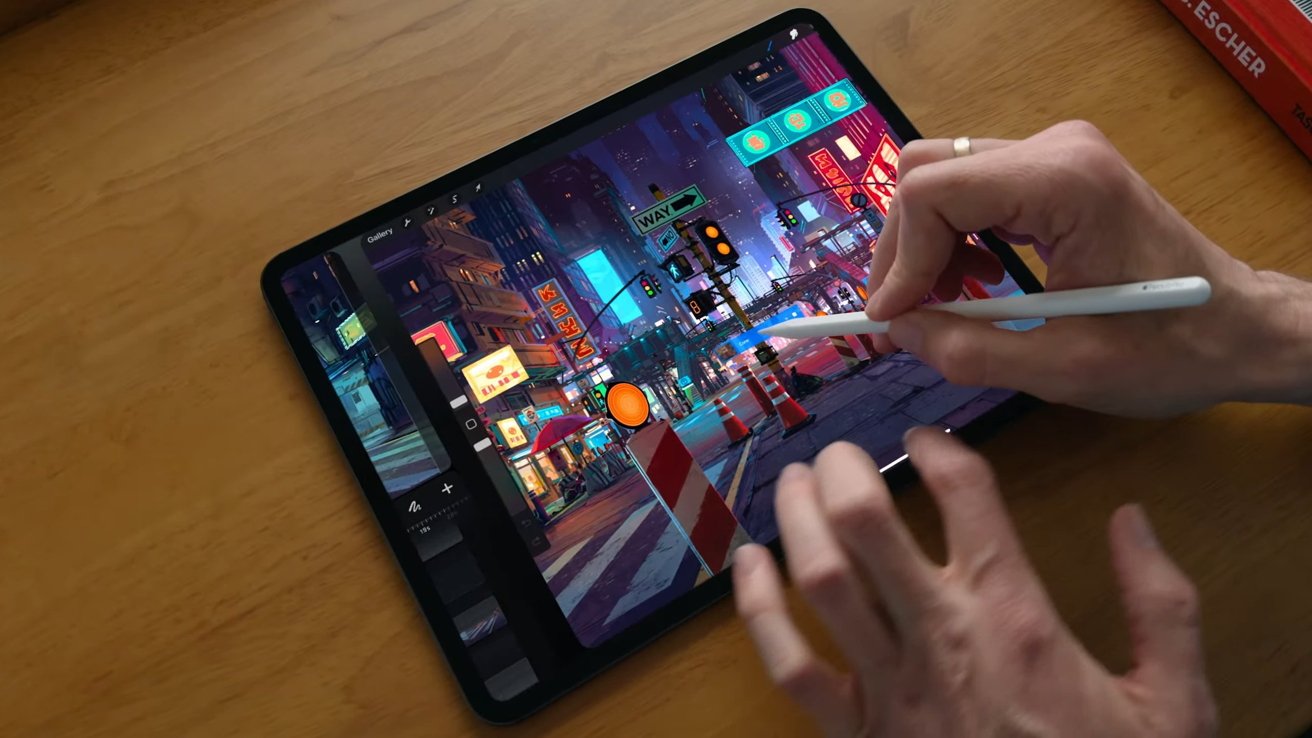
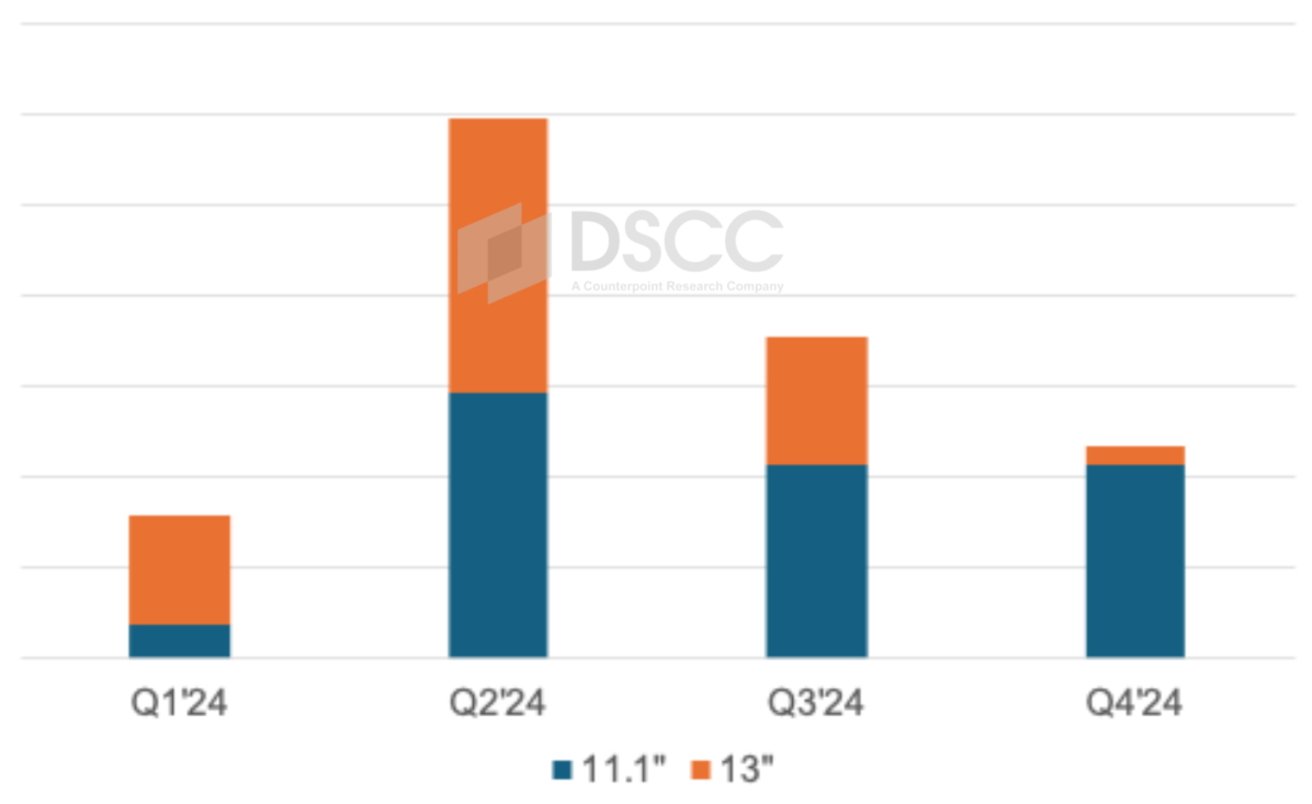







-m.jpg)






 Wesley Hilliard
Wesley Hilliard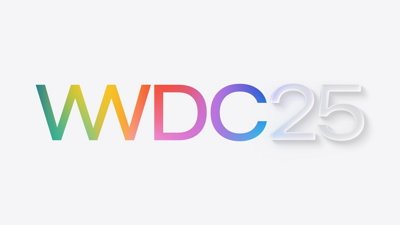
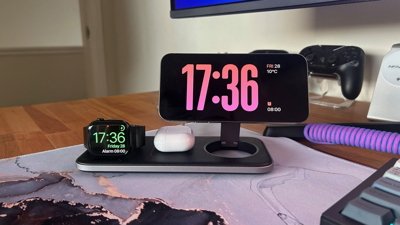
 Oliver Haslam
Oliver Haslam
 Christine McKee
Christine McKee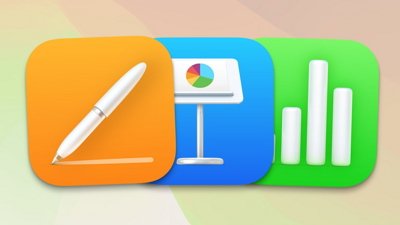
 Amber Neely
Amber Neely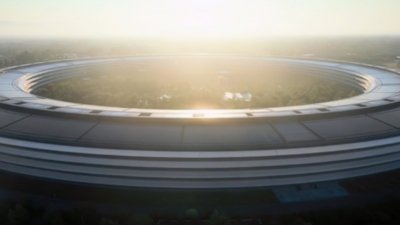


 Sponsored Content
Sponsored Content
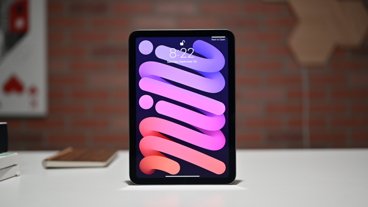






34 Comments
Perhaps the biggest factor is Apple's decision to keep iPadOS hamstrung. Unless you are an artist or someone who uses an iPad in tablet-mode all the time, iPadOS is pretty weak. This coming from someone who spent $2400 on the newest M4 iPad, with Apple keyboard case and pencil. But I'm not an artist, and FAR prefer typing versus writing, so the pencil sits uncharged, and my iPad is ALWAYS on the case in laptop mode, but the iPad is weak as a laptop. I love my iPad for reading/movie watching in the evenings, with it on my lap in the case holding it for me. Although the new one is VERY unstable and wants to fall backwards always, compared to my 2018 iPad Pro in keyboard case. They moved the center of mass about 1/2-1" backwards and that makes it always want to fall over, unless I am holding my hand on the trackpad, very annoying. Love having the function keys, but maybe the trackpad didn't need to get larger to enable those. All in all, the new one I barely notice a difference, and in many ways (as I've been saying) my actual use-case, the new one is worse, outside of being a bit lighter and thinner.
I seriously consider getting a $950 MacBook Air and skipping iPadOS for good going forward. MacOS is more powerful, but worse for me in a lot of ways as well, and I have a 16" MacBook Pro M3Max as well, but it is too big/heavy for my evening reading/surfing/movie watching, but losing the touchscreen also loses some, I love having the ability to mess with the screen sometimes on the iPad, and sometimes the trackpad. Never been a proponent of putting a touchscreen on a Mac, but if iPad remains neutered, then maybe that is the better answer...
My main issue is the Apple Pencil not being compatible with it. I have two Pencils for my M2 iPad Pros and they don't work with M4 Pros. WTH?
That means that I would have to pay a lot more to get M4 plus new Pencils. No thanks.
I actually upgrade my Mac more often than my iPad these days.
Even with the improved hardware, it’s useless without compelling software to utilize the capabilities. Apples needs to further unshackle IpadOS. There has to be a good reason to upgrade other than a select few cases. I as many others want a good reason to upgrade, but thus far Apple refuses to give any such incentives. I got the M1 IPad Pro because of Stage Manager and external monitor support. Those additions have greatly impacted my workflow. Look at your competition for ideas, listen to the feedback from your clients. Otherwise be satisfied for the little sales you are getting on your products.
I have an M1 iPP that I use all day, every day for art, writing, and more. There is however, no reason for me to upgrade. I expect to keep this one running for another 3 to 5 years. Maybe more. Maybe the problem isn’t the new tech, or the cost. Maybe it’s that those of us who need one, have one, and don’t have a reason to upgrade.